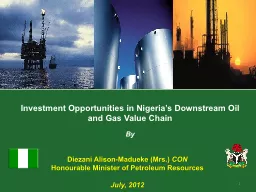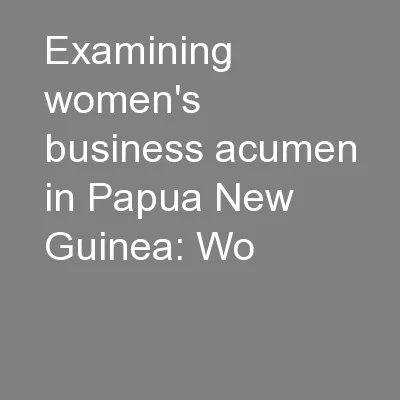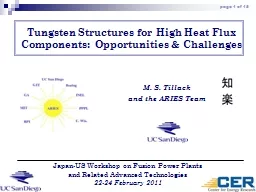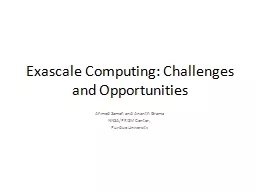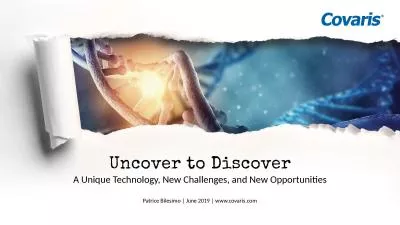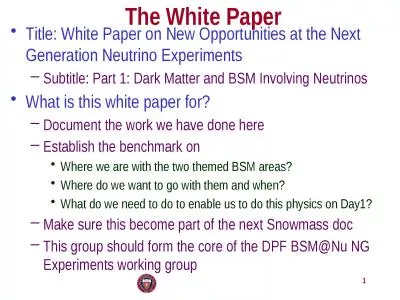PPT-New challenges and opportunities for high-
Author : aaron | Published Date : 2017-06-22
T c superconducting materials Alex Gurevich Department of Physics Old Dominion University Norfolk VA 78th Annual Meeting of SESAP Roanoke VA Oct 1922 2011 Superconductivity
Presentation Embed Code
Download Presentation
Download Presentation The PPT/PDF document "New challenges and opportunities for hig..." is the property of its rightful owner. Permission is granted to download and print the materials on this website for personal, non-commercial use only, and to display it on your personal computer provided you do not modify the materials and that you retain all copyright notices contained in the materials. By downloading content from our website, you accept the terms of this agreement.
New challenges and opportunities for high-: Transcript
Download Rules Of Document
"New challenges and opportunities for high-"The content belongs to its owner. You may download and print it for personal use, without modification, and keep all copyright notices. By downloading, you agree to these terms.
Related Documents




